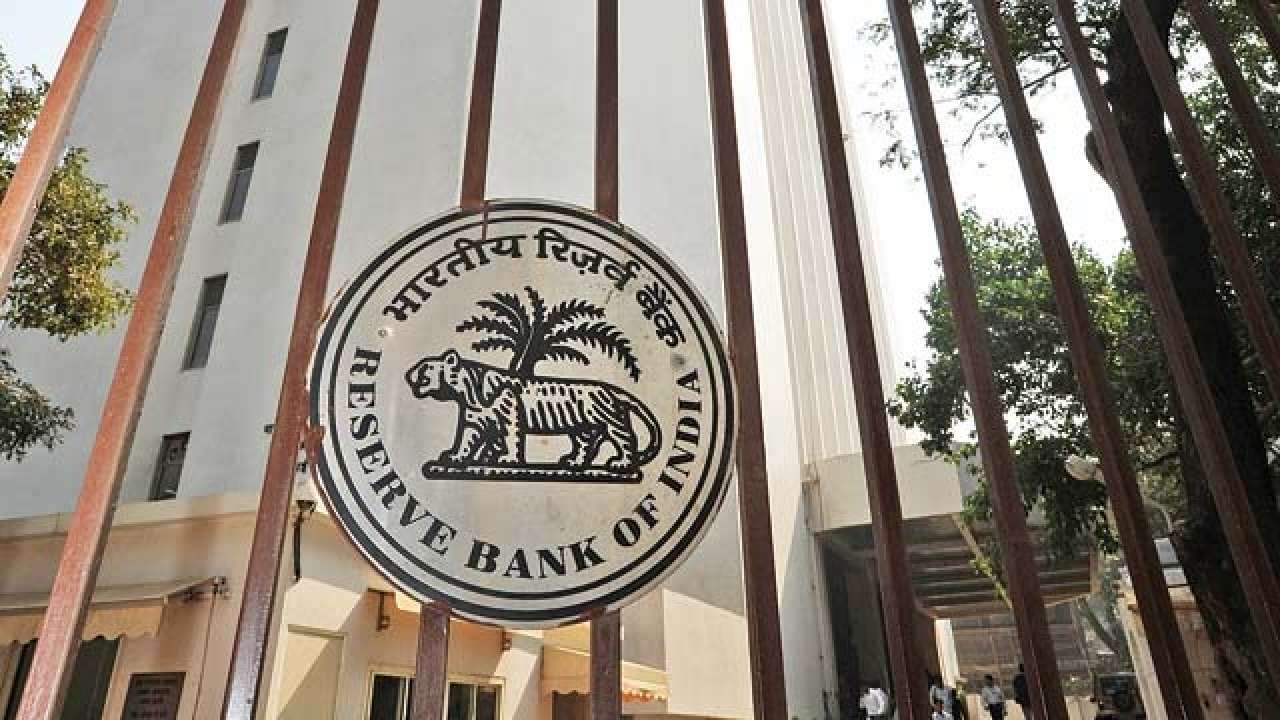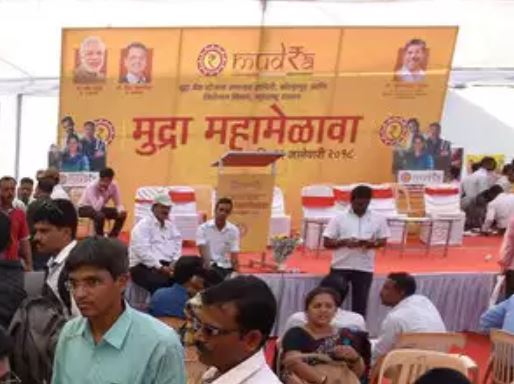OdishaPlus Bureau
Reserve Bank of India deputy governor MK Jain has raised red flags over rising non-performing assets (NPAs) in loans disbursed under the government’s Mudra loan scheme and urged banks to monitor the repayment capacity of borrowers before disbursement.

The Pradhan Mantri Mudra Yojana is a central government scheme under which small businesses can avail collateral-free working capital loan up to Rs 10 lakh. The scheme was flagged off in 2015 by PM Modi to ease the credit flow to India’s MSME sector. The Yojana has often been held up as the solution to India’s job problem. It was expected that the scheme, which entailed the provision of collateral-free loans, would spur both entrepreneurship and job creation in the country.

But not only has its performance on creating new jobs been underwhelming — a report in this paper showed that not every loan translated to new jobs — there are now grave doubts over the quality of the loans extended as well, with a sharp rise in the number of loans turning non-performing. On Tuesday, RBI Deputy Governor M K Jain voiced concern over rising bad loans under the scheme. “While such a massive push (Mudra) would have lifted many beneficiaries out of poverty, there have been some concerns at the growing level of non-performing assets (NPAs) among these borrowers,” he said.
Loans under Mudra fall under three categories: Shishu, which covers loans up to Rs 50,000; Kishore, for loans between Rs 50,000 and Rs 5 lakh; and Tarun, for loans between Rs 5 lakh and 10 lakh. At the end of 2018-19, Mudra loans worth Rs 8, 93,000 crore had been sanctioned by Member Lending Institutions (MLIs), Anurag Thakur, Minister of State for Finance, said in reply to a question in the Rajya Sabha.

Of these, only 2 per cent or Rs 17,651 crore had turned non-performing. But, in the subsequent six months, there has been a sharp rise in bad loans. As reported in this paper, the number of bad loans in the Kishore category has more than doubled, rising by 107 per cent at the end of September 2019, over March. In value terms, bad loans have surged by 71 per cent in this category. In the Tarun category, too, bad loans have risen to Rs 3,425 crore in September, up 45 per cent from Rs 2,353 crore in March. The Shishu category has also seen a spurt in the number of bad loans, though of a lower magnitude.
Several factors could have contributed to this spurt in bad loans. Poor credit appraisals and lack of monitoring by banks, willful defaults, and the growing inability to pay back obligations due to a slowing economy could have all played a part.
But, coming at a time when banks are struggling to resolve their existing pile of non-performing loans, this spurt in bad loans under Mudra may end up becoming another source of vulnerability for them. While the political overtones of the scheme are hard to dismiss, the RBI should examine the implications for the financial system more closely and step in if necessary.




















